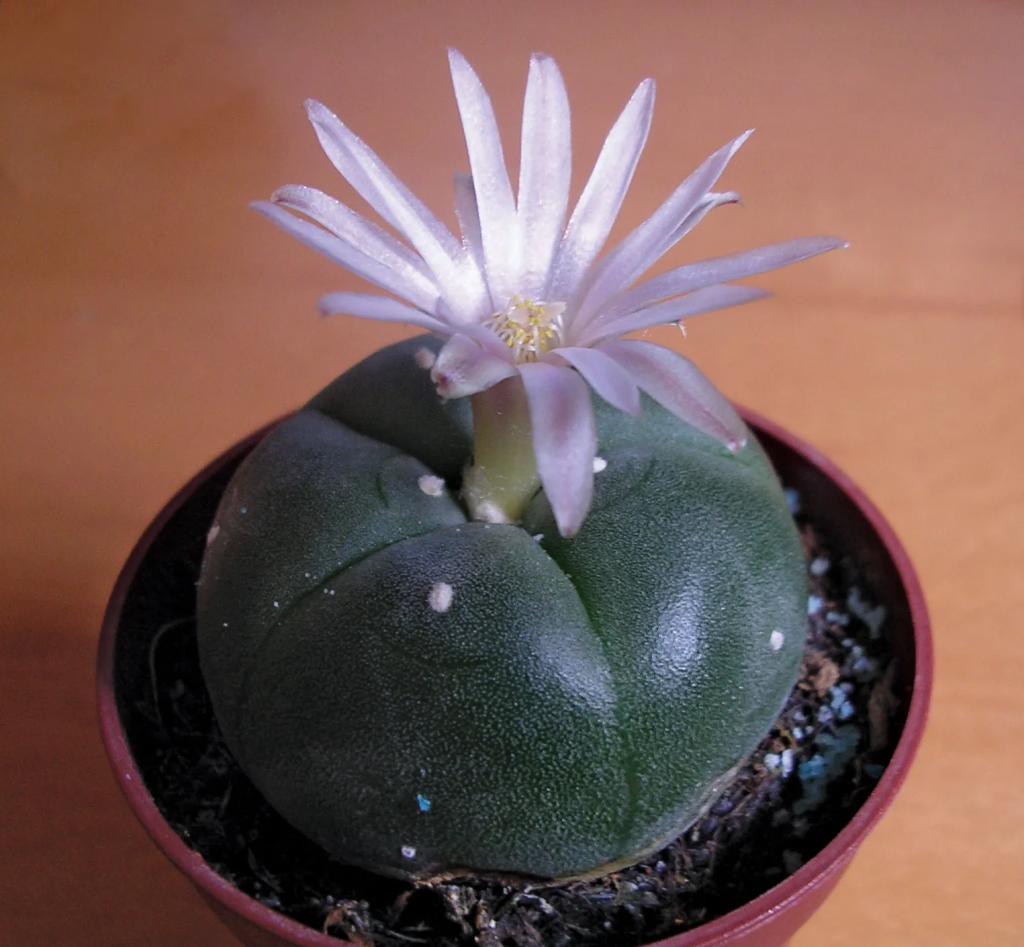Peyote, clinically referred to as Lophophora williamsii, is just a little, spineless cactus that grows in the deserts of southwestern United States and Mexico. For generations, this amazing seed has held heavy religious and national significance among indigenous neighborhoods, specially in Indigenous American traditions. In this article, we shall delve in to the real history, social significance, and potential beneficial benefits of peyote.
A Rich History and Social Significance
Peyote includes a long history of use among indigenous lenders, with archaeological evidence indicating their use dating back 1000s of years. It’s especially connected with Native National tribes, such as the Huichol, Navajo, and Comanche, who contemplate peyote a holy and major plant. Peyote is often found in spiritual ceremonies and rituals to help spiritual experiences, experience of the heavenly, and particular introspection.
The Peyote Knowledge and Routine Use
Consuming peyote may cause profound alterations in notion, leading to an expanded state of consciousness. This knowledge is characterized by brilliant thoughts, peyote cactus for sale sensory understanding, and an expression of unity with the bordering environment. In the situation of religious ceremonies, peyote is often consumed in carefully organized rituals led by skilled spiritual leaders, who information individuals through the journey and make them navigate the religious realms.

Medical Possible and Modern Study
Regardless of their social and spiritual significance, peyote has attracted attention for the possible therapeutic properties. Conventional healers have long used peyote because of its supposed medicinal benefits, including treatment, fever reduction, and therapy of numerous ailments. In recent years, there has been growing fascination with researching the therapeutic potential of peyote and their productive element, mescaline, for mental health problems such as for instance depression, anxiety, and addiction. However, more scientific study is required to validate these claims and determine secure and efficient healing applications.
Conservation and Sustainability
Peyote people significant conservation difficulties as a result of habitat loss, overharvesting, and illicit trade. As a slow-growing cactus that requires a long period to adult, unsustainable harvesting practices may severely impact its population. Initiatives are underway to protect and sustainably handle peyote populations, involving collaborations between indigenous areas, conservation organizations, and government agencies. These initiatives purpose to ensure the preservation with this culturally and ecologically important place for future generations.
Legal and Moral Factors
The appropriate position of peyote differs across countries and regions. In the United Claims, for instance, peyote is officially secured for religious use by Indigenous American tribes underneath the American Indian Religious Freedom Act. Nevertheless, non-indigenous use of peyote is generally prohibited. It is essential to respect and stick to the cultural and legal frameworks bordering peyote to make certain responsible and honest engagement.
Conclusion
Peyote stands as a mark of religious connection, social history, and standard wisdom. Its use within spiritual ceremonies has played a essential role in the religious lives of indigenous communities. Whilst the possible beneficial advantages of peyote are now being investigated, it’s crucial to method that place with respect, ethnic tenderness, and environmental consciousness. By understanding and appreciating the significance of peyote, we could foster a greater understanding because of its cultural heritage and donate to their sustainable conservation.

Leave a Reply